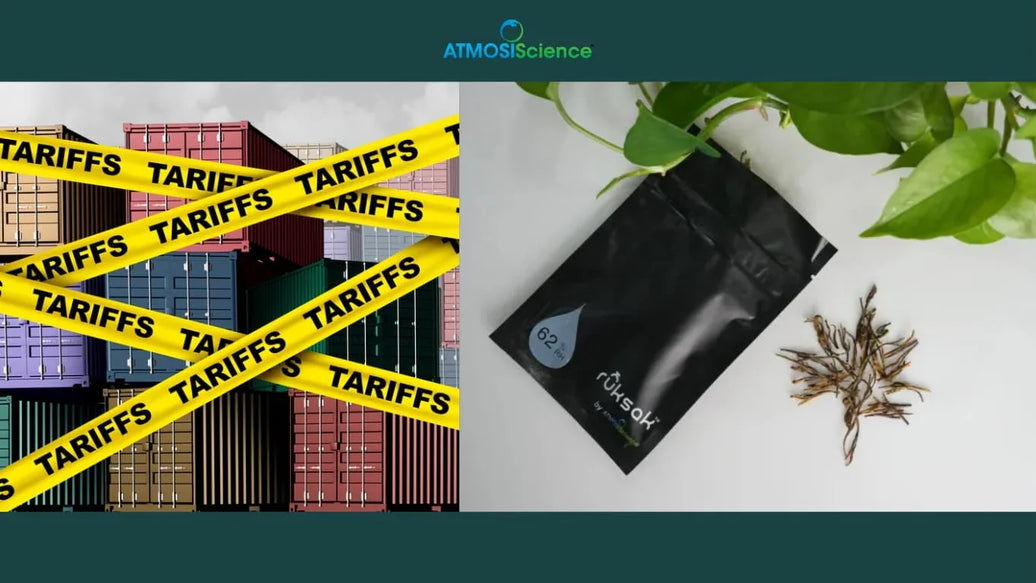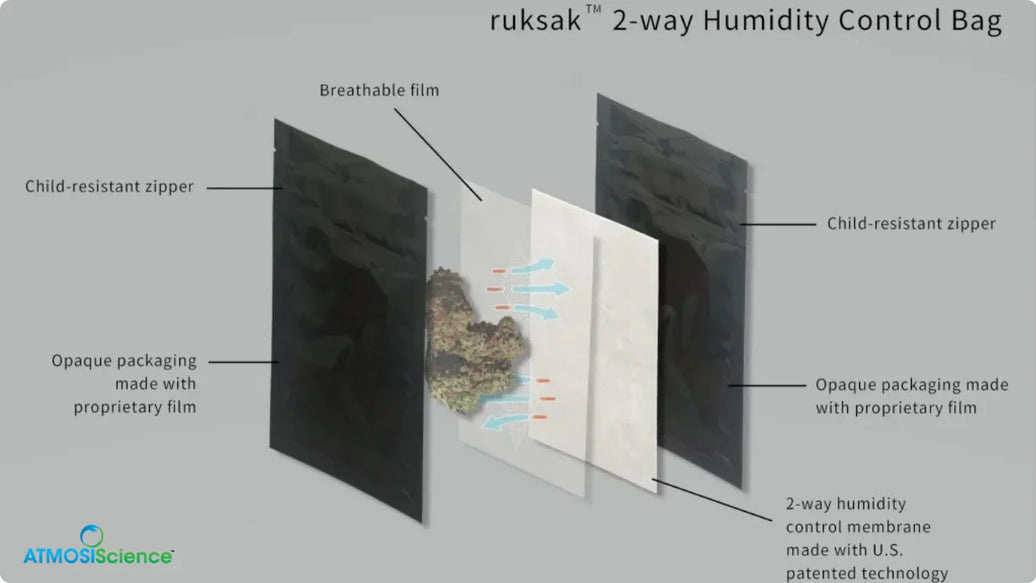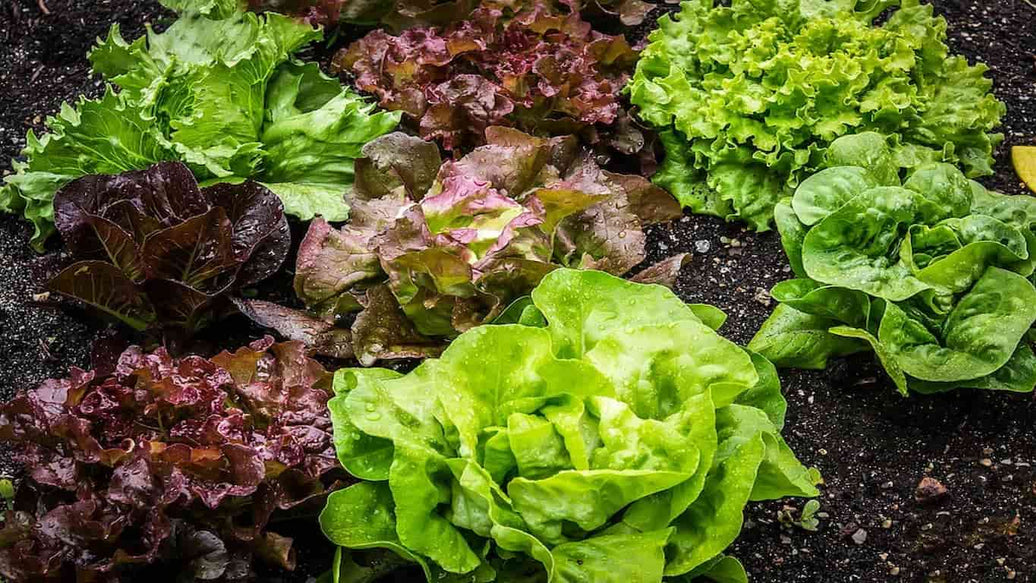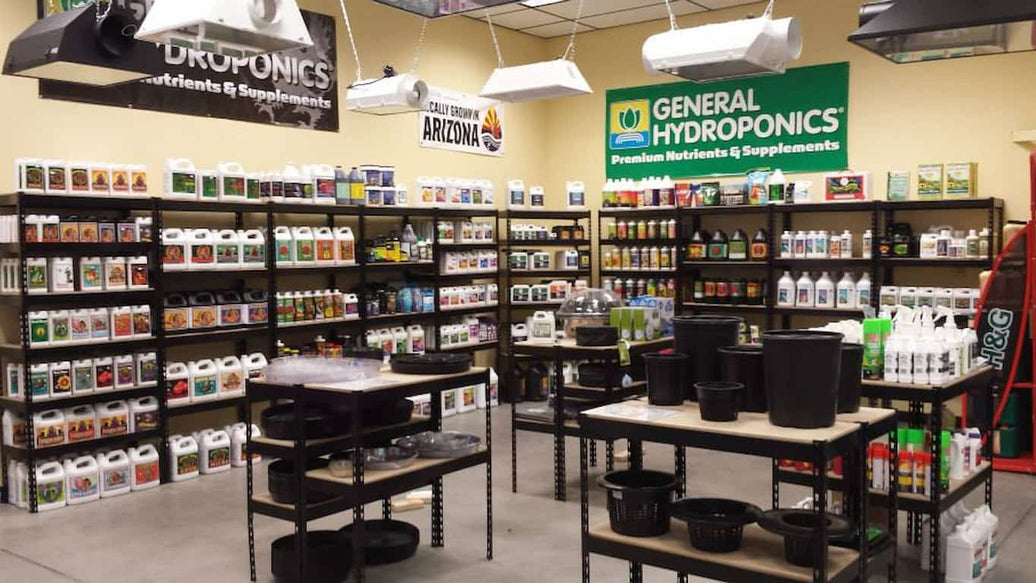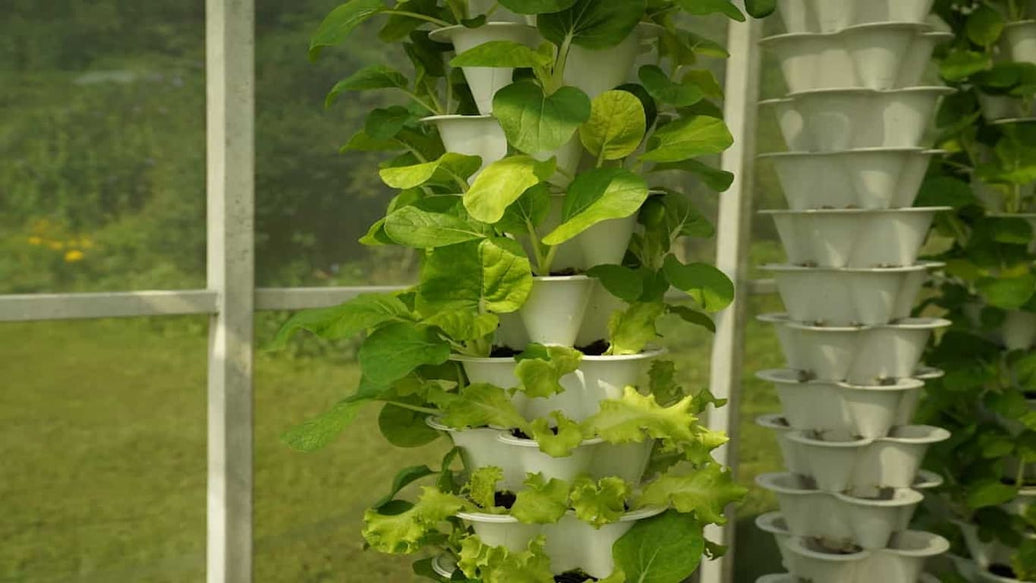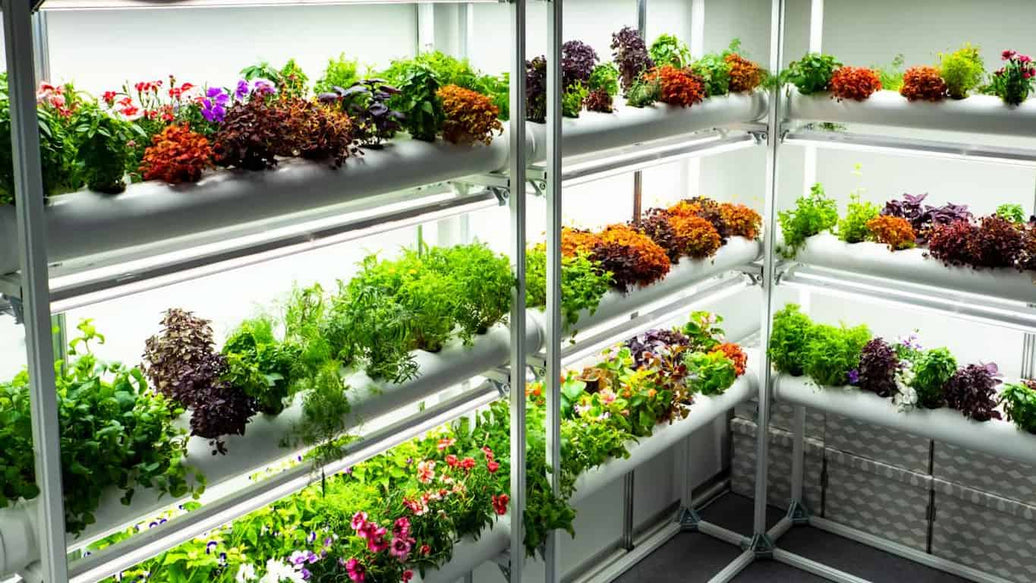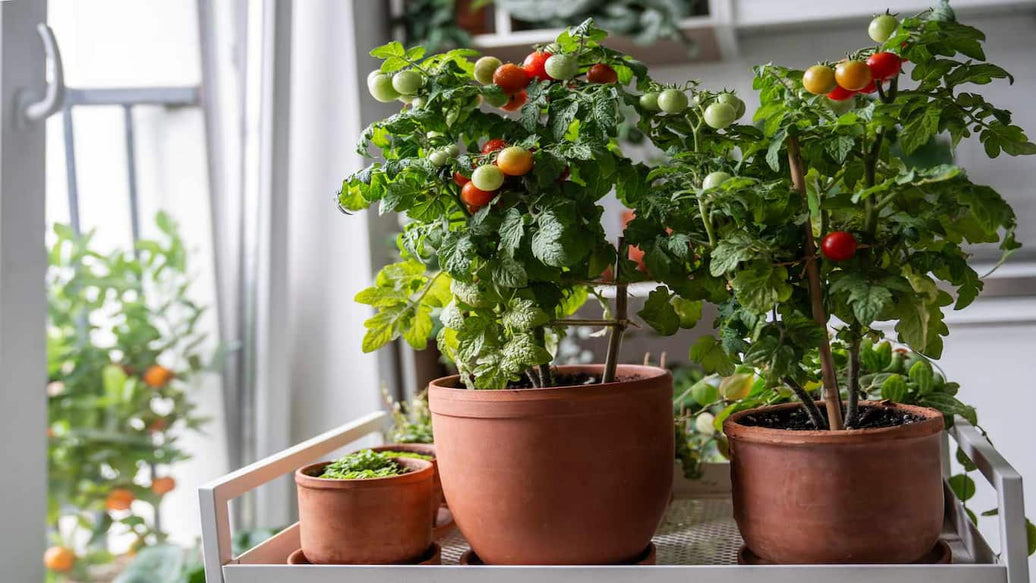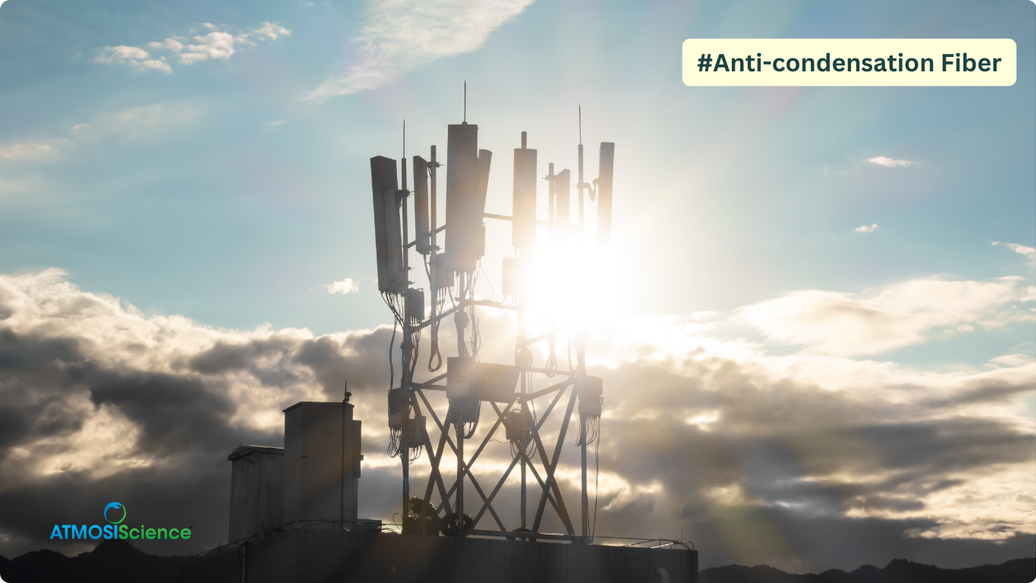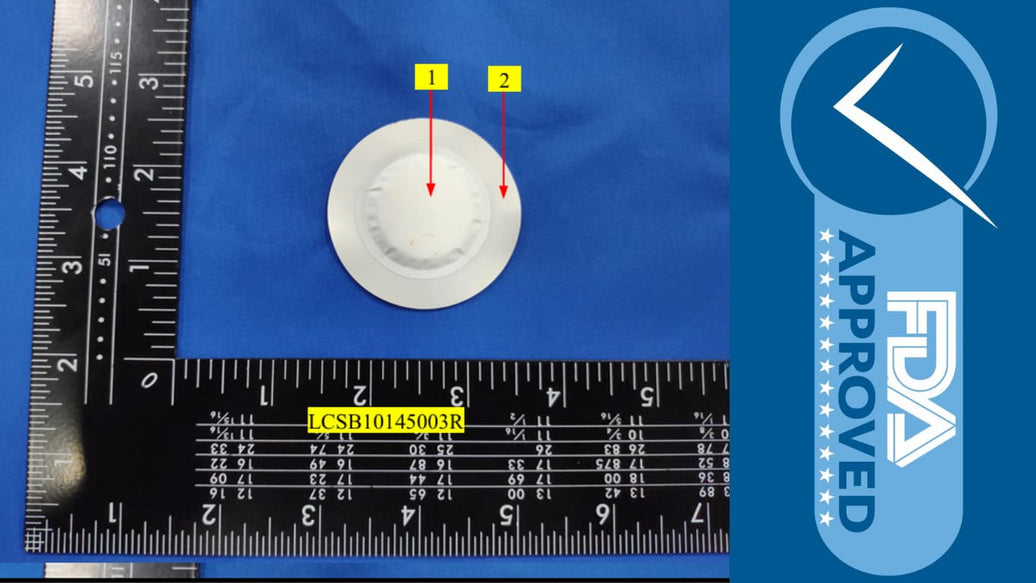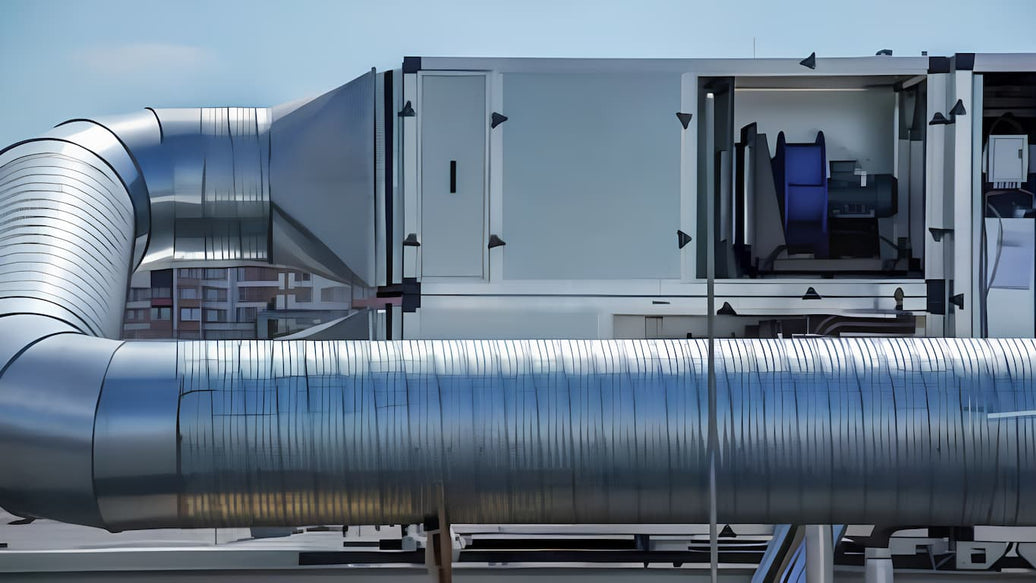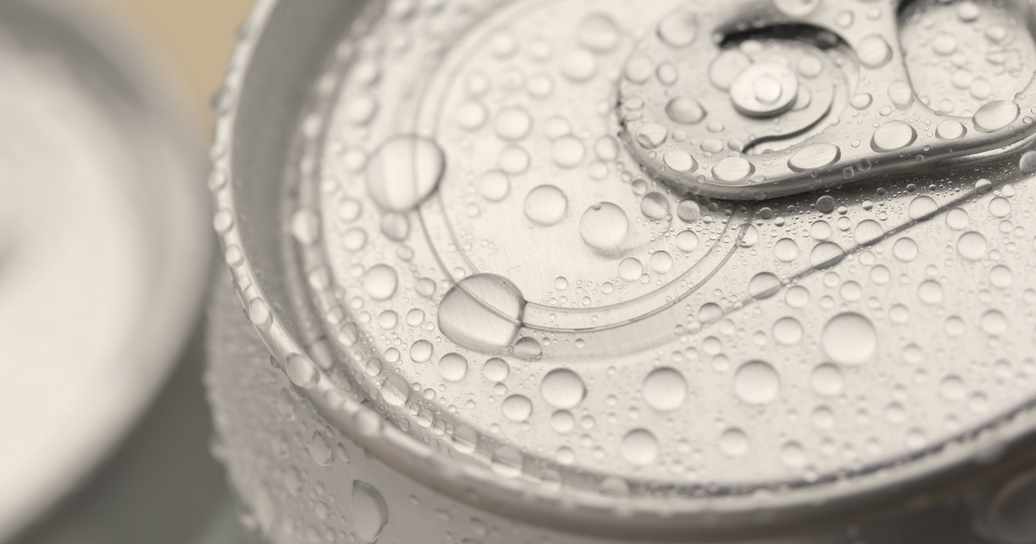The rising popularity of microgreen indoor gardens offers urban residents and small-space gardeners a practical way to grow fresh, nutrient-packed greens throughout the year. These delicate young plants are harvested soon after they sprout, providing a much greater concentration of vitamins and antioxidants than their fully grown counterparts. With shrinking outdoor gardening space in cities, an indoor microgreen garden becomes an attractive and efficient option for homegrown nutrition. This article covers the scientific principles behind growing microgreens indoors, practical advice, their health benefits, and modern technologies that help boost yields and quality.

Understanding microgreens - Their biology and nutritional value
Microgreens refer to the early stage of seedling development when the first true leaves appear and are usually harvested between 7 and 21 days after germination. They differ clearly from sprouts, which are simply germinated seeds without soil or leaves, and from baby greens, which are older plants.
Scientific studies show that many microgreen varieties, such as broccoli, radish, kale, and sunflower, often contain several times the vitamin and antioxidant content of mature plants by weight. This is due to vigorous metabolic activity during the early growth stage that spurs accumulation of health-promoting compounds such as sulforaphane in broccoli, a phytonutrient with well-known cancer-preventive properties. Nutritionally, microgreens from an indoor microgreen garden offer concentrated benefits that make them a powerful addition to one’s diet.
Setting up your indoor microgreen garden - Expert tips

Getting started with a thriving microgreen indoor garden means optimizing seed choice, growth medium, lighting, temperature, and humidity to better recreate plants’ natural growing conditions indoors.
Seed Selection: Choose untreated, organic seeds specifically intended for microgreens to avoid chemicals and ensure strong growth. Popular options include radish, kale, broccoli, sunflower, pea, and basil, each with distinct flavors and nutritional profiles to suit varied tastes.
Growing Medium: The substrate should hold moisture while maintaining good airflow to prevent root rot and fungal diseases. Sterilized potting soil, coconut coir, peat moss, or hemp mats are ideal choices. A thin layer, approximately one inch deep, with a pH around 5.5 to 6.5 supports healthy root development and moisture balance.
Lighting: Since photosynthesis is essential, supplying adequate light of the right quality and duration is crucial. While natural sunlight is beneficial, indoor light levels often fall short. Full-spectrum LED grow lights providing 12 to 18 hours of daily light at a color temperature between 4000 and 6500 Kelvin mimic natural sunlight well and boost photosynthetic activity for robust growth.

Temperature and Humidity: Maintain indoor temperatures between 65 and 75°F (18–24°C) with a relative humidity of 40-60%. Too much moisture encourages mold, while overly dry or stagnant air stresses seedlings.
Tools and Equipment: Use shallow trays with drainage holes to avoid water buildup, spray bottles for gentle watering, and keep all equipment clean to minimize disease risk.
Planting and growing steps - Proven guidelines
Begin by soaking seeds in water for 4 to 8 hours to improve and synchronize germination. Sprinkle the seeds evenly over the moist growing medium, avoiding overcrowding, which can promote mold formation and stunt growth.
Keep the soil or substrate consistently moist by misting or bottom watering, but avoid oversaturation. Seeds will generally sprout within 2 to 5 days depending on species and conditions. After cotyledons emerge (usually between days 3 and 7), increase light exposure to support chlorophyll production and nutrient buildup. Regularly check for mold or pests, increasing air circulation or adjusting watering to maintain plant health.
Harvest your microgreen indoor garden crop when the plants show fully developed true leaves, generally 7 to 21 days after planting. Use clean scissors to snip just above the growing medium for fresh, clean-cut microgreens.

Harvesting and post-harvest care - Best practices
For highest nutrient retention and crispness, harvest microgreens in the morning when they are well-hydrated. Always use sterilized tools and handle plants carefully to reduce contamination.
Rinse gently with cool water to remove growing medium particles, then pat dry thoroughly to prevent spoilage. Store microgreens in moisture-controlled, breathable containers lined with damp paper towels, keeping them at 2 to 4°C. Properly handled, microgreens can stay fresh and nutritionally potent for up to two weeks.
Health benefits and culinary uses - Scientifically supported
Microgreens grown indoors are bursting with vitamins, antioxidants, and beneficial phytochemicals that support immune function, reduce inflammation, and contribute to heart health.
Their tender leaves and bright colors add visual and flavor appeal to salads, sandwiches, smoothies, and meals. Incorporating microgreen indoor garden harvests regularly promotes a nutrient-rich diet, especially valuable for city dwellers with limited access to fresh produce.

Challenges and solutions in indoor microgreen growing
Common challenges encountered by indoor growers include:
- Mold development due to excess moisture or poor airflow: this can be resolved by careful watering, appropriate seed spacing, and adequate ventilation.
- Insufficient lighting: supplement natural light with quality LED grow lights to ensure vigorous growth.
- Limited growing space: make use of vertical shelving or tiered racks to multiply growing area.
- Seed quality and cost concerns: buy organic seeds from trusted suppliers in bulk and store properly to retain viability.
Innovative techniques and recommended products for indoor microgreens
Using hydroponic systems featuring nutrient film technique or grow mats can improve water efficiency while reducing soil-related problems. Vertical farming systems maximize limited indoor space by stacking trays and increasing yield potential.

Conclusion
A microgreen indoor garden is a scientifically validated and practical way to grow nutrient-packed greens fresh from home all year. Selecting the right seeds, creating a balanced growing medium, providing appropriate lighting, and managing environmental factors carefully guarantee healthy growth and delicious yields. This efficient, space-saving gardening method empowers urban gardeners to enjoy fresh, vitamin-rich microgreens anytime.
Start your indoor microgreen garden now and add a vibrant supply of nutritious greens straight from your kitchen or windowsill.

